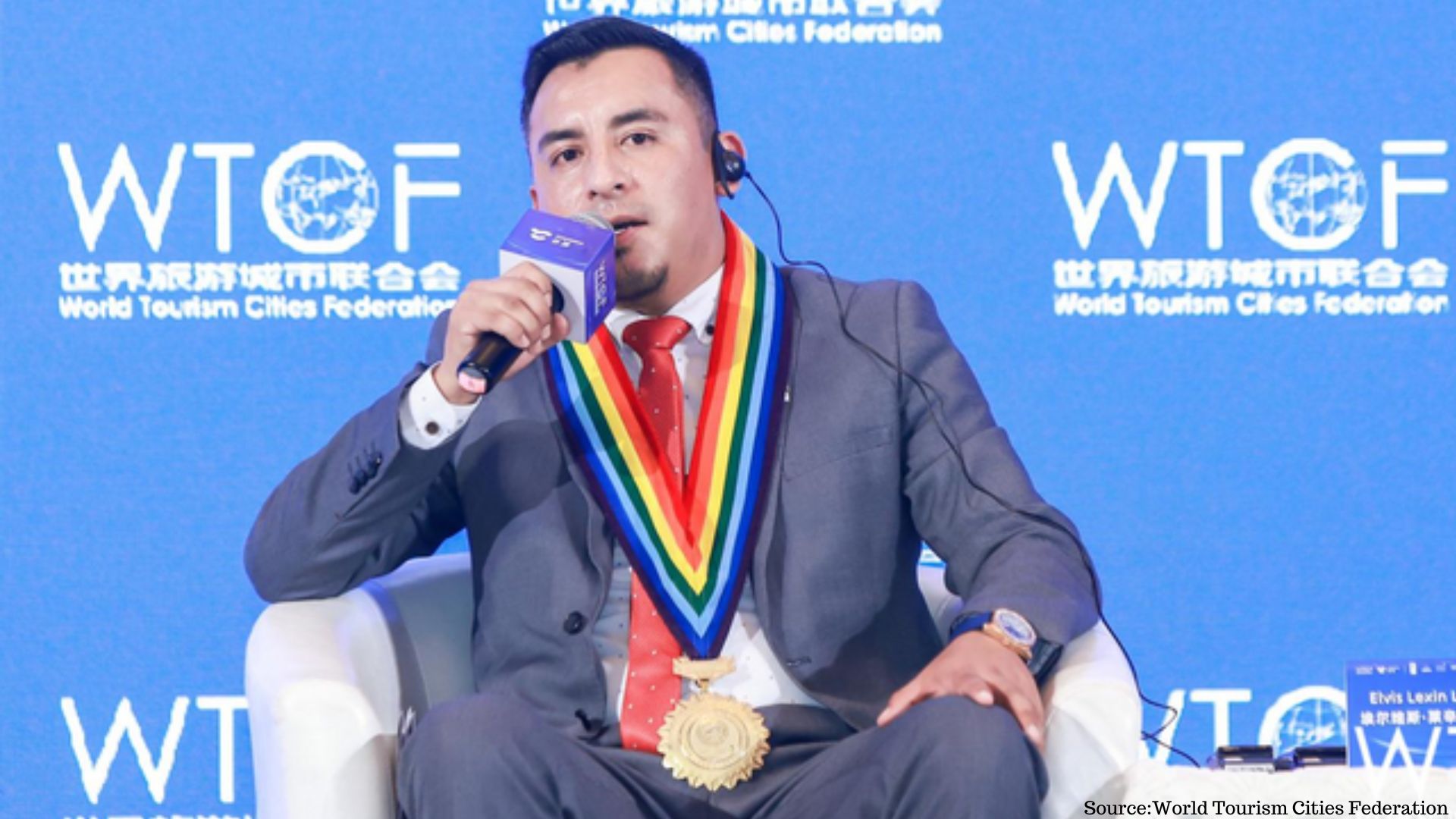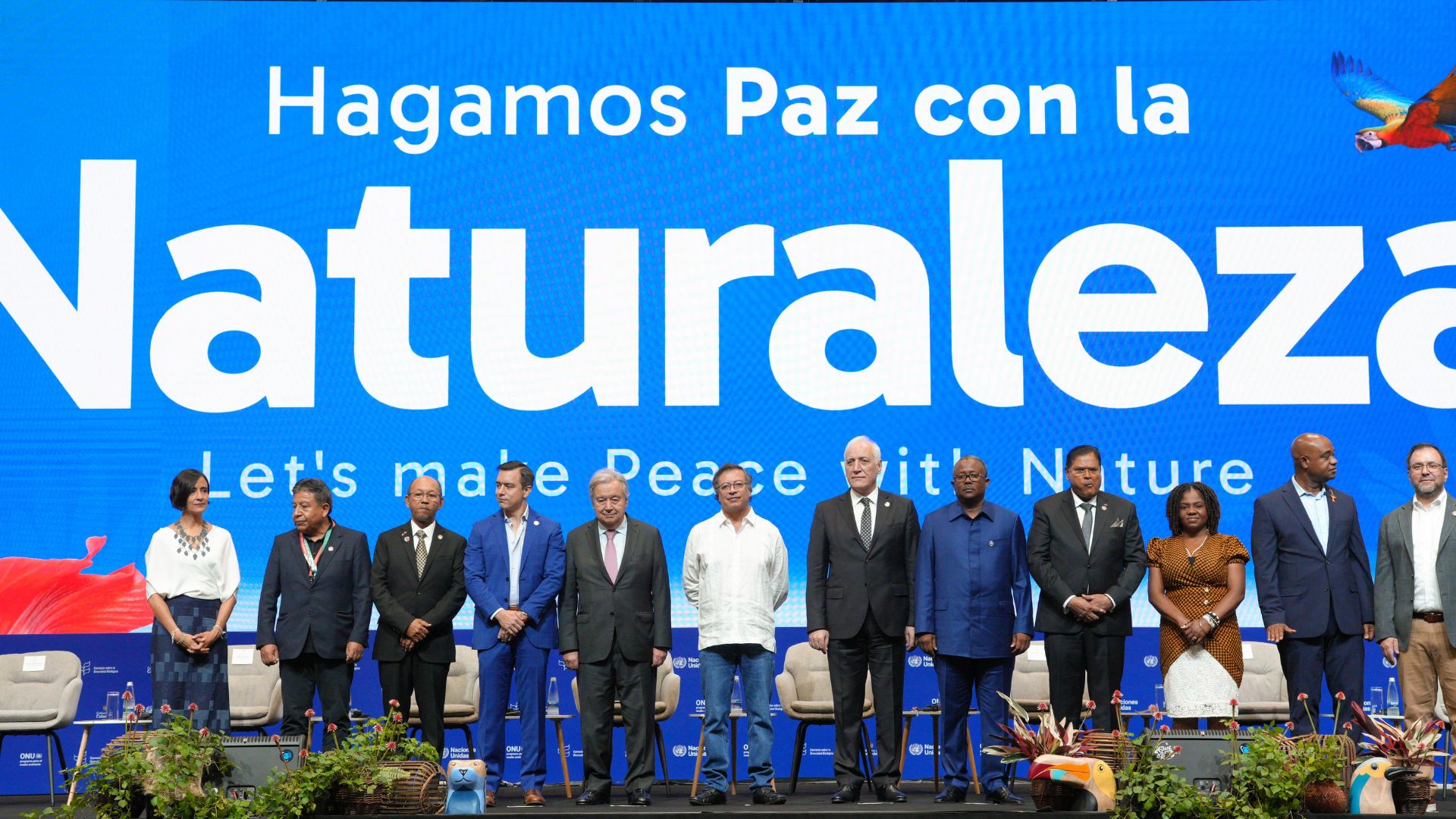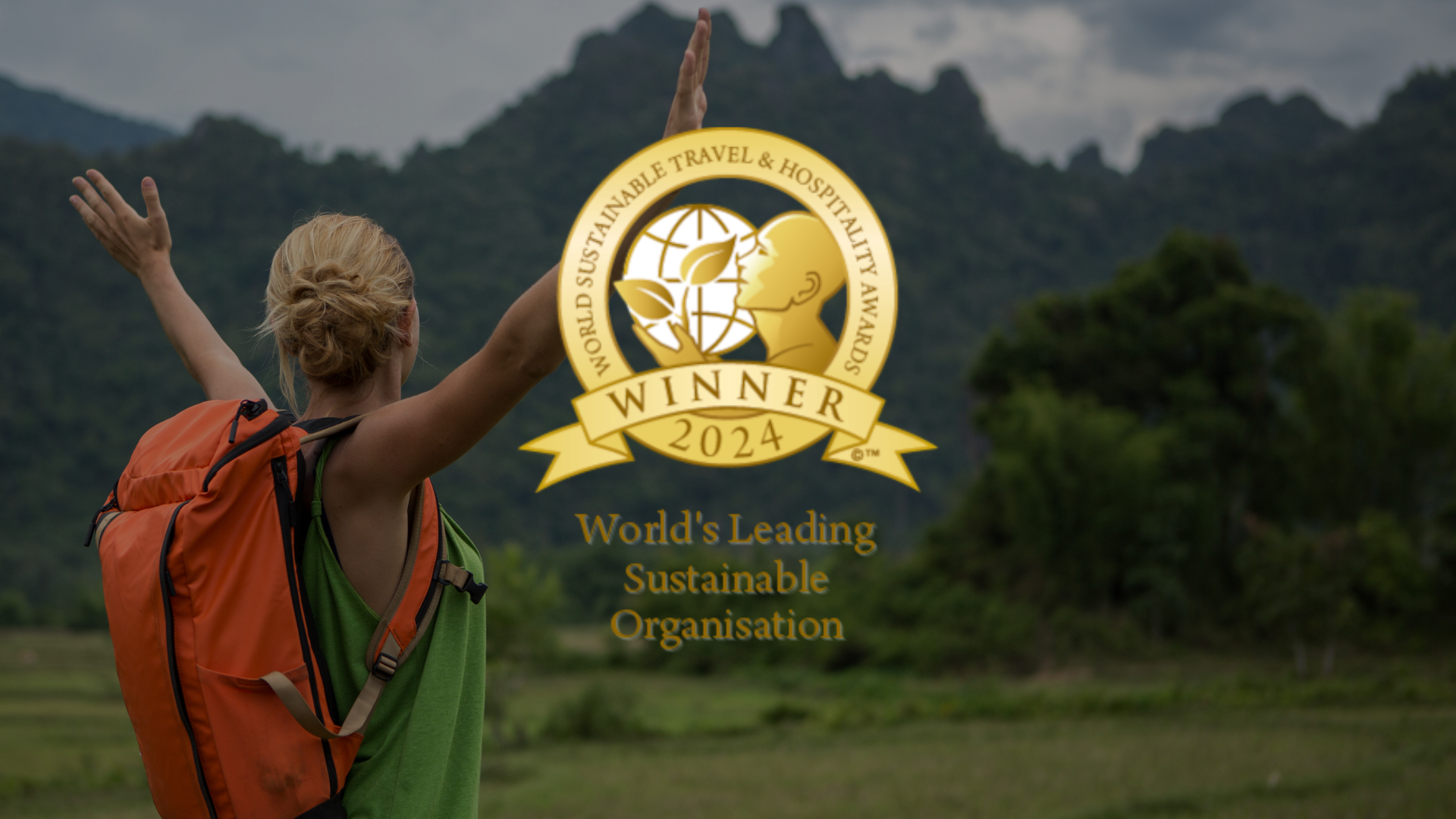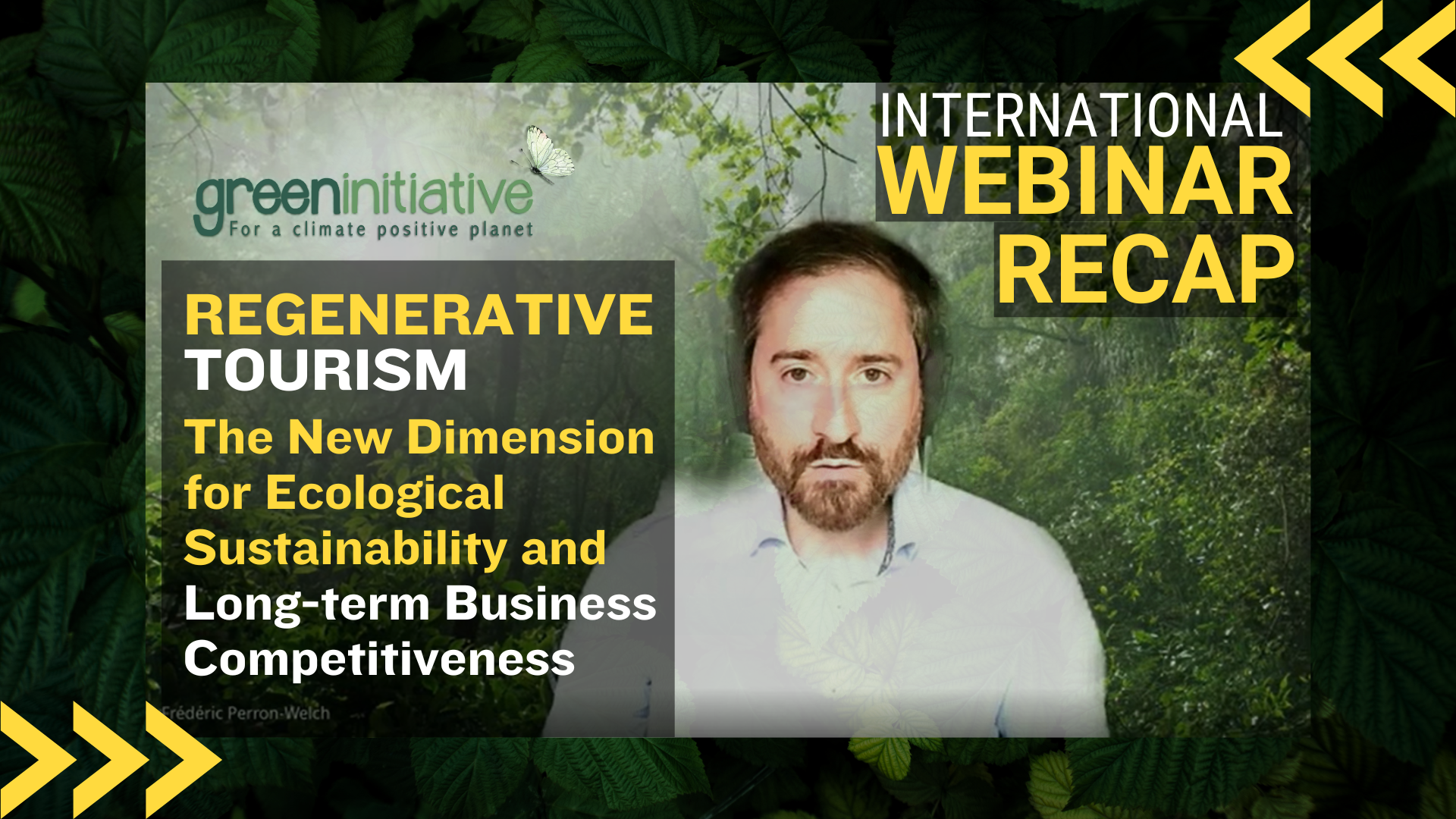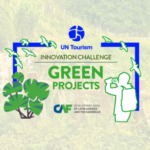During the 16th Conference of the Parties to the United Nations Convention on Biological Diversity (COP16), Green Initiative presented the case of Machu Picchu as a model for a Carbon Neutral and Regenerative Tourism Destination. COP16 concluded in Cali after 12 days of intense discussions. Known as “The People’s COP,” the summit was divided into a blue zone for official negotiations and a green zone focusing on civil society participation. According to the Colombian government, the green zone attracted nearly a million visitors, with around 40,000 attending various academic activities.
In the blue zone, where negotiations took place, parallel events were also organized in the pavilions of different countries and entities. Among these was the Peru Pavilion, which hosted a series of prominent events, including one titled “Machu Picchu: Carbon-Neutral and Regenerative Tourism Destination.” This session showcased the climate and nature-positive initiatives underway in Machu Picchu, aimed at reducing carbon emissions and restoring ecosystems as part of its tourism management.


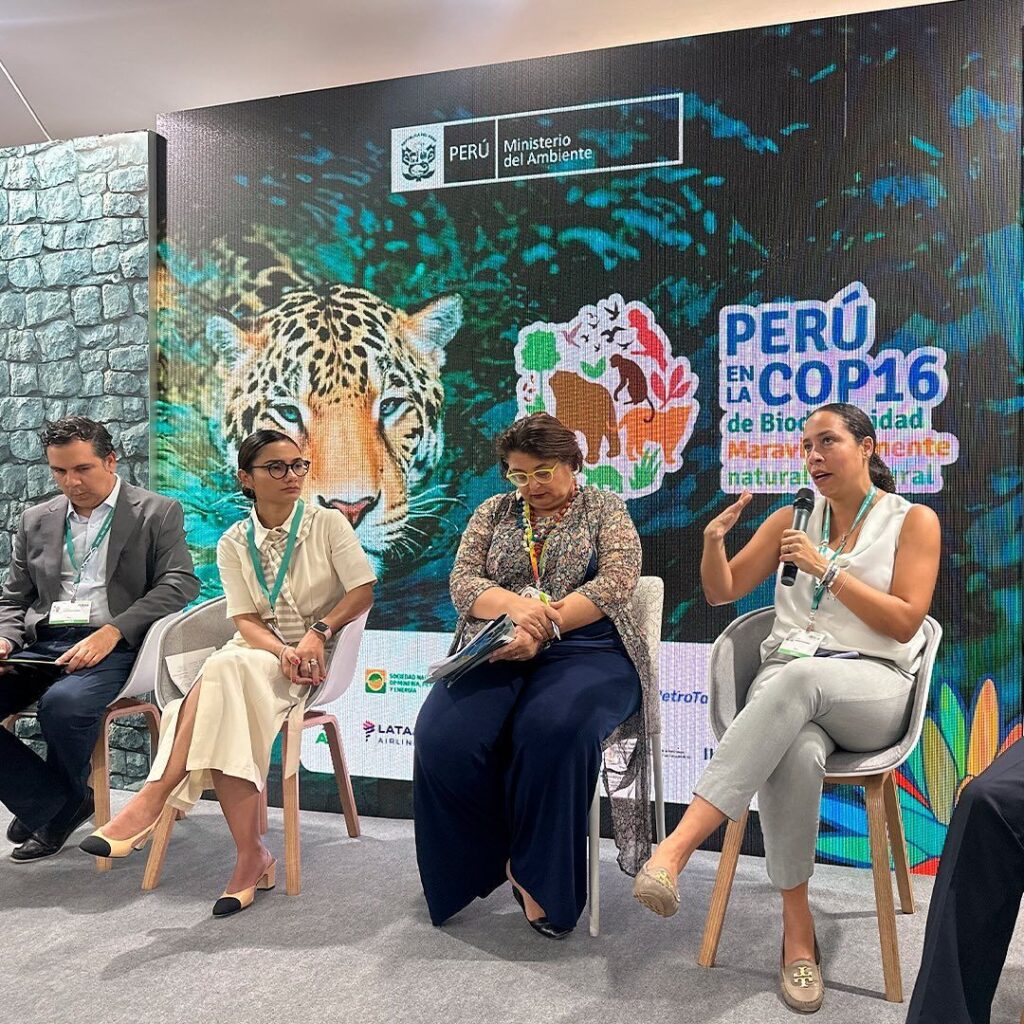
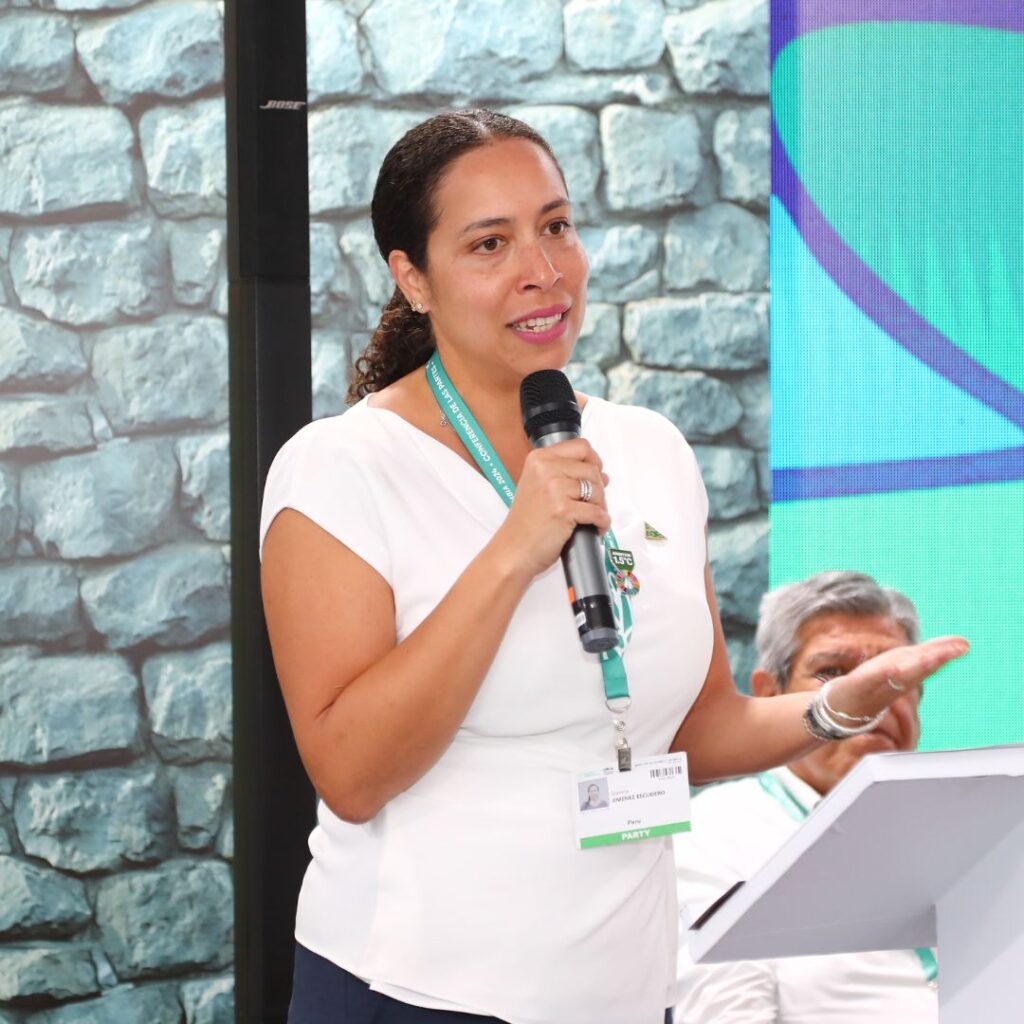
The panel featured representatives from organizations such as the National Service of State-Protected Natural Areas (SERNANP), AJE Group, Tetra Pak, and Latam Airlines. Panelists emphasized the importance of public-private sector collaboration for the success of projects like Machu Picchu. They recognized the leadership of Green Initiative as a key advisor in the region’s transition to decarbonization and regenerative tourism.
COP16 was a platform for dialogue and reflection and marked significant milestones in its final plenary session. Among the most notable were creating a subsidiary body for Article 8J to support Indigenous peoples and local communities, the acknowledgment of Afro-descendant peoples as biodiversity guardians, and the Cali Fund, a global mechanism for the equitable distribution of benefits derived from genetic information. Additionally, collaboration between the Biodiversity and Climate Change agendas was promoted, in preparation for COP29 on Climate Change in Azerbaijan and the upcoming COP30 in Brazil.
Colombia also took the opportunity to launch the world’s first biodiversity bonds during COP16, an initiative aimed at involving the private sector in biological diversity preservation. Banco Davivienda, with an investment of up to 50 million dollars from the International Finance Corporation (IFC), will channel these resources into projects with positive biodiversity impacts. Similarly, BBVA Colombia issued another bond, subscribed to by IDB Invest and IFC in two tranches to finance projects with positive biodiversity impacts.
Written by Musye Lucen from the Green Initiative team.


